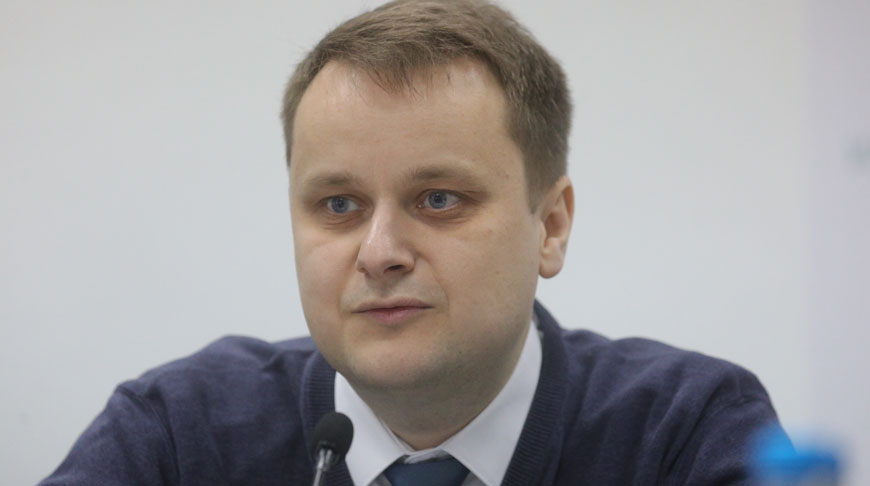Environmental monitoring in progress in Belarusian nuclear power plant area

MINSK, 15 April (BelTA) – A sophisticated program on observing radiation parameters in the environment in the area of the Belarusian nuclear power plant is being fulfilled, BelTA learned from Mikhail Kovalenko, Head of the Radiation Monitoring Service of the National Center for Hydrometeorology, Radioactive Contamination Control, and Environmental Monitoring of the Belarusian Natural Resources and Environmental Protection Ministry, at a roundtable session hosted by BelTA's press center on 15 April.

Mikhail Kovalenko said: “We've been setting up a network of observation points in the area of the Belarusian nuclear power plant since 2016. The points already work. We get data from them. The data will be used to analyze the impact of the nuclear power plant on the environment. Later on when the environmental radiation impact lab of the Belarusian nuclear power plant becomes operational, the lab will continue monitoring the environment in the nuclear power plant's observation area. The Natural Resources and Environmental Protection Ministry will retain oversight functions by means of observations at stations of the national environmental monitoring system.”
An automated background radiation monitoring system set up by the Natural Resources and Environmental Protection Ministry has been operating in the Belarusian nuclear power plant area since 2017. The system comprises ten observation points located in the nuclear power plant observation area and beyond. Ten more automated measurement stations belonging to the Belarusian nuclear power plant will be commissioned in the observation area soon.
Rules and regulations determine how often measurements will be taken. “Our monitoring points collect samples of surface waters five times per year and samples of soil every year while atmospheric air is sampled daily. The automated background radiation monitoring system measures gamma radiation intensity every minute and uploads the data to us every ten minutes. The data is also forwarded to colleagues in the Emergencies Ministry in real time,” Mikhail Kovalenko said.
Aleksandr Trifonov, Deputy Director General for Science of the energy and nuclear research institute Sosny of the National Academy of Sciences of Belarus, said that the institute will also perform monitoring work. “Monitoring will be done every year. Public reports will be issued at the end of the year,” he noted.
Aleksandr Trifonov also said that specialists of the Sosny institute had analyzed various causes of accidents. “The human factor is the main cause of accidents. The design of the Belarusian nuclear power plant has considerably reduced the influence of the human factor. If the nuclear power plant experiences an emergency, the systems are designed to prevent the operator from interfering with the nuclear power plant's operation for roughly 30 minutes. In other words, the operator will not be able to make decisions in error. It is very important. This is how high safety standards of the Belarusian nuclear power plant have been achieved,” the expert stressed.













